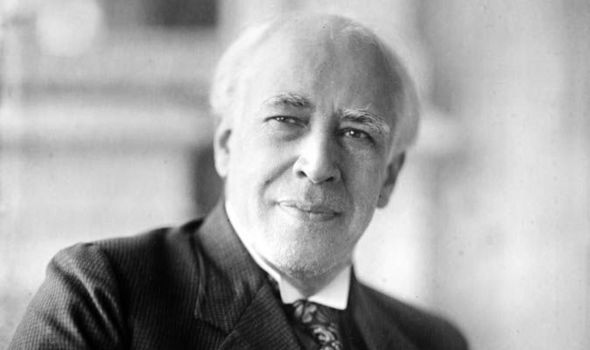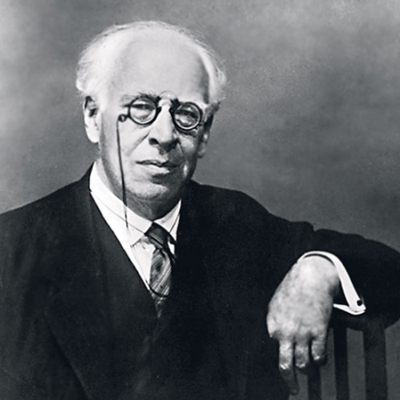What is the Stanislavski System?
A Deep Dive into Acting’s Most Influential Technique
(By Tonya Tannenbaum)

(Konstantin Stanislavski)
RELATED TOPICS:
7 Basic Facts About Konstantin Stanislavski
15 Brilliant Quotes by Konstantin Stanislavski
Konstantin Stanislavski: Live the Part
The Stanislavski System, also known as Stanislavski’s Method or Stanislavski’s System, is a groundbreaking and influential approach to acting that has shaped the world of theater and film for over a century. Developed by Russian actor and director Konstantin Stanislavski, this system revolutionized the way actors prepare for and perform their roles. In this article, we will delve into the principles and techniques of the Stanislavski System and explore its enduring impact on the world of acting.
The Birth of the Stanislavski System

(Konstantin Stanislavski)
Konstantin Stanislavski (1863-1938) was a Russian actor and director who sought to elevate the craft of acting beyond mere “showing off” or superficial performance. His journey to develop the Stanislavski System was driven by a desire to create authentic, emotionally resonant performances on the stage.
Key Principles of the Stanislavski System
- Emotional Truth: At the core of the Stanislavski System is the pursuit of emotional truth. Actors are encouraged to tap into their own emotions and experiences to create genuine, heartfelt performances. This involves drawing from personal memories and feelings to connect with the character’s emotions.
- Given Circumstances: Actors must thoroughly understand the circumstances in which their characters exist. This includes understanding the character’s background, relationships, motivations, and the world in which the character lives. This knowledge helps actors make informed choices and react truthfully in a given scene.
- Objective and Superobjective: Actors identify their character’s objectives (what the character wants) and superobjectives (the overarching desires that drive the character throughout the entire play or film). This focus on character goals guides their actions and decisions.
- Actions and Physicality: The Stanislavski System emphasizes physicality and actions. Actors consider what their characters are doing in a scene and how their physical movements convey emotions and intentions. Actions can be both internal (emotional) and external (physical).
- Concentration and Imagination: Actors are encouraged to develop strong concentration skills and vivid imaginations. Concentration helps them stay fully engaged in the moment, while imagination allows them to create a rich inner life for their characters.
- Ensemble Work: Stanislavski stressed the importance of ensemble work and collaboration among actors. He believed that the entire cast should work together to create a cohesive and believable performance.
The Stanislavski System in Practice
The practical application of the Stanislavski System involves a series of exercises and techniques aimed at developing an actor’s skills. Some of these exercises include:
- Sense Memory: Actors recall sensory memories (sights, sounds, smells, tastes, and textures) from their own lives to evoke emotional responses.
- Emotional Memory: Similar to sense memory, this technique involves drawing on personal emotional memories to authentically convey a character’s emotions.
- Character Analysis: Actors analyze their characters in-depth, considering their background, relationships, and motivations.
- Action Analysis: Actors break down scenes into specific actions and objectives, focusing on what the character is trying to achieve in each moment.
Legacy and Influence
The Stanislavski System has left an indelible mark on the world of acting. It laid the foundation for various acting techniques and schools, including the Method Acting of Lee Strasberg and the Meisner Technique of Sanford Meisner. Actors like Marlon Brando, Al Pacino, and Meryl Streep have credited the Stanislavski System as a significant influence on their craft.
The Stanislavski System remains a cornerstone of actor training and has played a pivotal role in elevating the art of acting to new heights. Its enduring legacy continues to shape the way actors approach their work, emphasizing authenticity, emotional depth, and a profound understanding of character.



